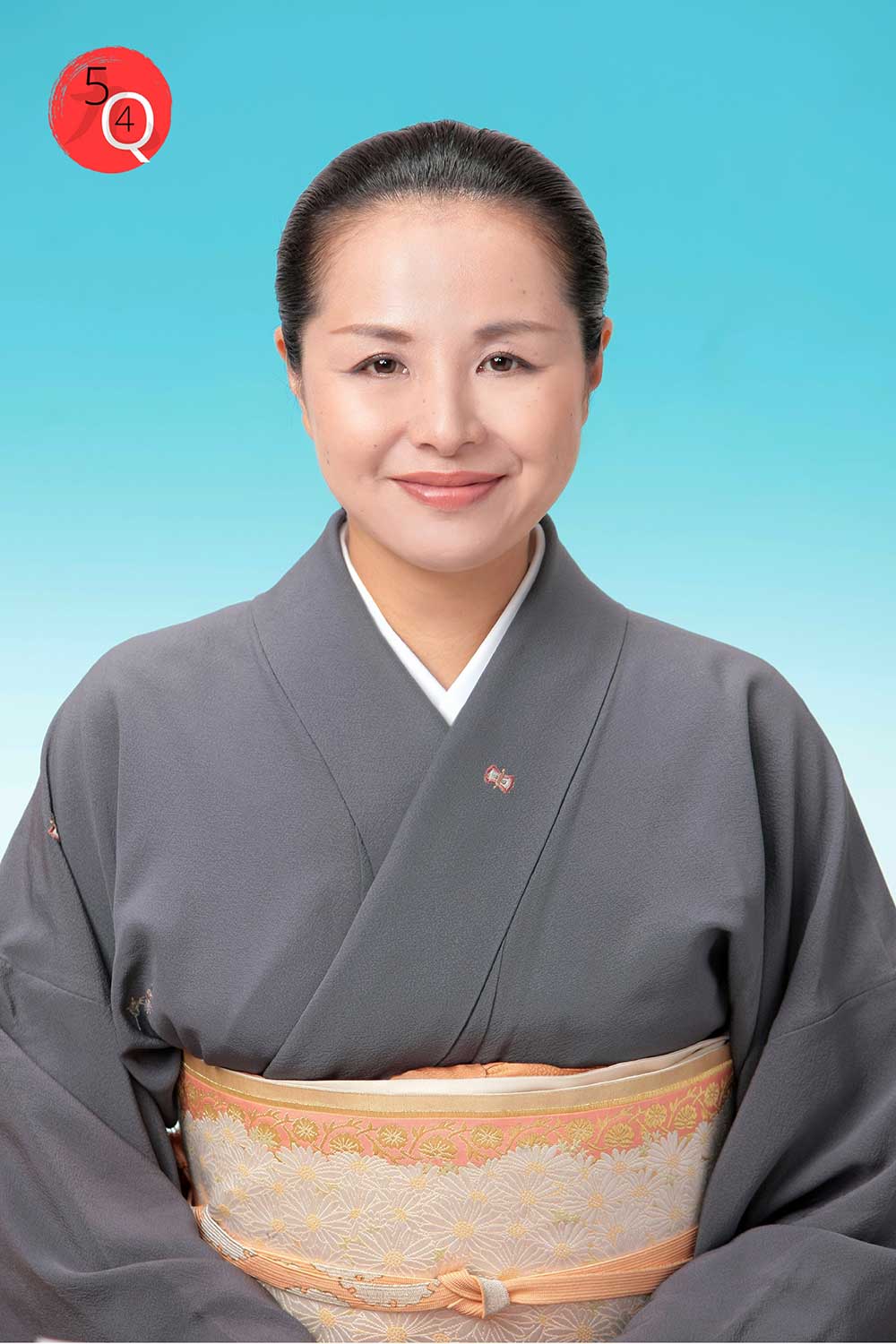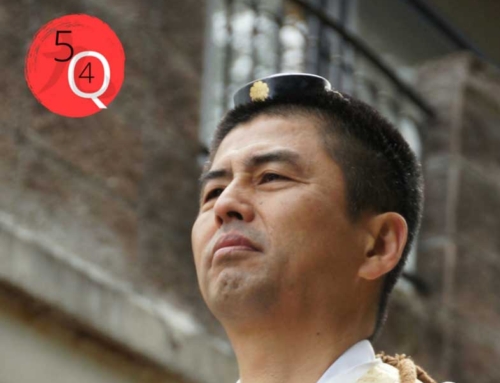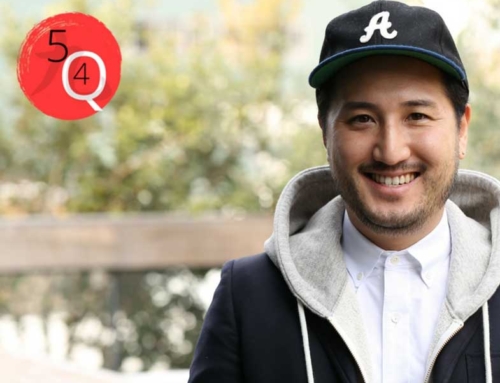 Please tell us briefly about Ryokan Kurashiki and its history?
Please tell us briefly about Ryokan Kurashiki and its history?
Ryokan Kurashiki is located in the lovely Bikan Historical Preserved District in the city of Kurashiki. The district has narrow streets lined with traditional storehouses and the former homes of merchants, recognizable by their thick black-and-white patterned walls and shiny black-tiled roofs.
The ryokan began life as the home of a successful sugar merchant in the mid-Edo period (1600 – 1867). The oldest part of the property is over 300 years old and used to be a dogugura, a warehouse for tools. It’s now the suite called “Kura.” The suites “Higashi” and “Tatsumi” occupy a 270-year-old building that was once a komegura, or a rice granary.
When the transformation to an inn began in 1952, the architects skillfully integrated several adjoining warehouses to create an expansive space. Now, the ryokan has seven suites, one room, one private dining room, one public room, and one restaurant.
Can you tell us about your role at the ryokan? What is okami-san’s day-to-day work like?
Well, my role is just about the same as a hotel General Manager…plus Concierge, Guest Relations, Reservations, Accounting, Sales and Marketing, PR, and seasonal matters!
I do not cook or do housekeeping, but I am responsible for the quality and good reputation of every single aspect of the ryokan. You could say I’m the symbol of Ryokan Kurashiki to both our guests and our staff.
What do Western visitors typically find most unusual or challenging about a ryokan stay?
Things like sitting on the tatami floor, soaking in the wooden bath, dressing in yukata (robe), walking around in geta shoes, being surrounded by traditional decorations like ikebana and calligraphy scrolls, and so on. These unique cultural experiences are all part of experiencing life in a historical Japanese inn.
Also, the kaiseki dinner created using local seasonal ingredients and served in the guests’ room is one of the highlights. Japanese food has become so popular in the Western world but kaiseki is still not so well known, I think. Guests are often surprised by so many variations and the number of small-portion dishes that are served.
What advice would you give to a foreign guest to prepare them for their ryokan experience?
Before arrival: to ensure a wonderful dinner experience, let the ryokan know about any dietary restrictions at least three days in advance (one week if you are vegan!).
Upon arrival and during stay: please read the instructions or ask how to use the public bath. And also please pay attention to where you should take off your shoes. For example, no shoes or slippers on the tatami floor and never roll a suitcase anywhere after you take off your shoes.
Any unusual or funny stories about guest experiences at your ryokan?
One time, a couple, who had booked our large bath for one hour of private use, pulled out the hidden stopper in the bathtub after they finished. They thought it was good for us! They imagined we completely changed the hot water for every booking, which of course we do not. (There is always fresh hot water flowing from the tap.)
It normally takes about 45 minutes to fill the bath and this delayed all the other guests after them. We thanked them for their kindness and begged them never to do it again!





